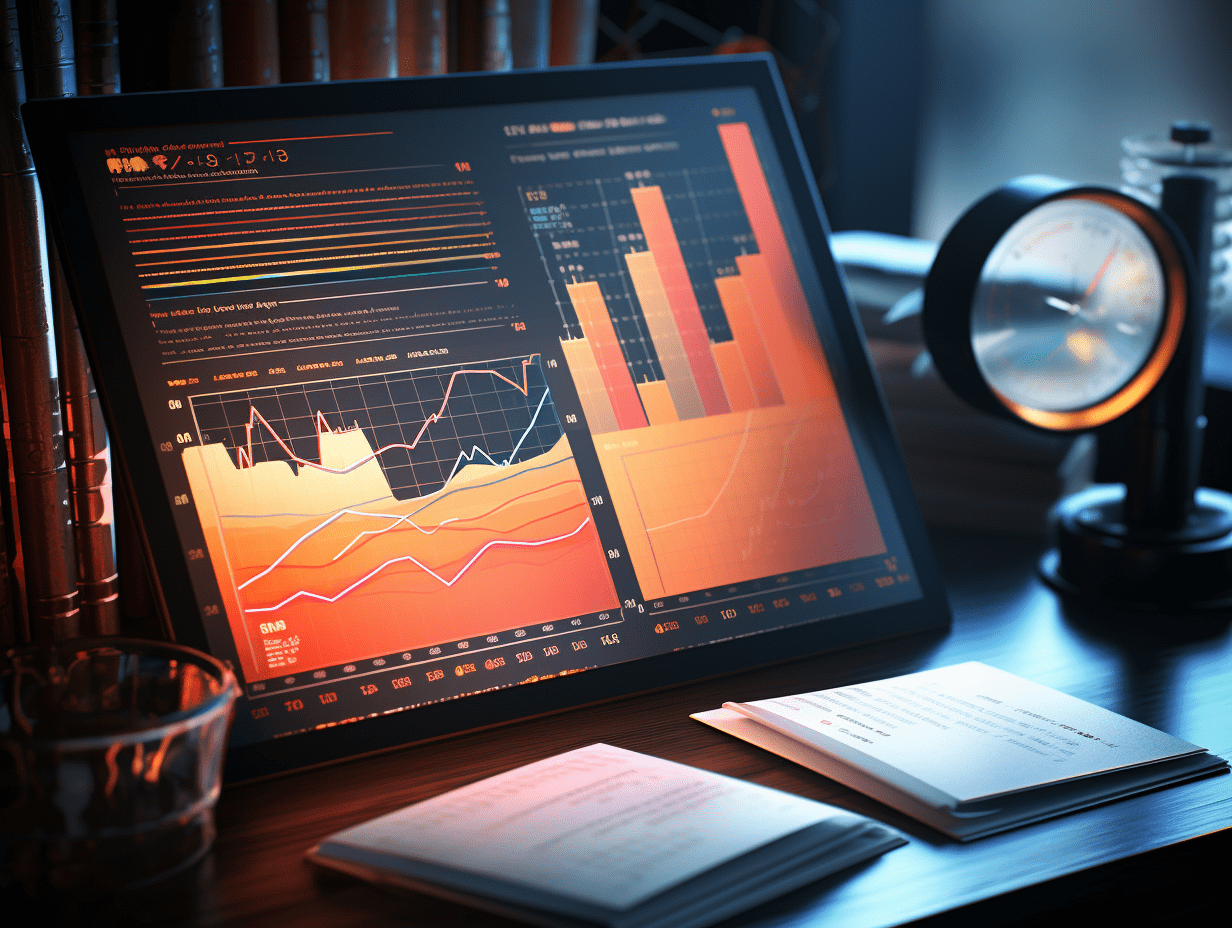
CITIC SEC: Supply-demand gap expected to persist in the long term, antimony prices are likely to rise.
CITIC SEC released a research report stating that antimony is a strategic minor metal with strong scarcity. Currently, domestic restrictions on antimony mining have intensified, and overseas mines are facing resource depletion. It is expected that the main global increment of antimony mining in the future will come from the Tibet Huayu Mining Ta Jin project and the Russian Solonechenskoye antimony mine. In terms of demand, traditional areas such as flame retardants, lead-acid batteries, and polyester catalysts have steady demand for antimony. With the increasing installation of photovoltaic systems and the increasing penetration rate of double-glass modules, the photovoltaic glass sector is expected to contribute significantly to the increase in antimony demand, becoming the second largest demand sector for antimony. As antimony exports gradually recover, the price difference between domestic and foreign markets is expected to narrow, and tight supply and demand dynamics in the medium to long term are expected to drive the central price of antimony upwards.
CITIC SEC's main points are as follows:
- Antimony: a strategic minor metal with strong scarcity, widely used in flame retardants, glass clarifiers, lead-acid battery grid plates, among other areas.
- Antimony is one of China's four strategic resources, and its strategic significance is increasingly prominent. Developed countries such as Europe, the US, Japan, and Australia highly value strategic reserves of antimony and include it on their list of critical minerals.
- Global antimony mine supply is declining, with few incremental projects at home and abroad.
- The global static reserve-production ratio of antimony is only 24, much lower than the average level for other metals. According to USGS data, global antimony production in 2023 was 83,000 tons, a cumulative decrease of 47.7% since 2014, with China's production at 40,000 tons, accounting for 48.2%. Antimony production processes can cause pollution and face significant environmental regulation pressures. It is expected that the main global increment in antimony mining for the next three years (2025-27) will come from the Tibet Huayu Mining Ta Jin project and the Russian Solonechenskoye antimony mine. Secondary supply also plays an important role in maintaining balance in the antimony market, with global antimony supply expected to be 148,000 tons in 2024, 160,000 tons in 2025, 178,000 tons in 2026, and 191,000 tons in 2027.
- Antimony used in glass clarifiers for photovoltaic glass is expected to experience rapid growth in demand.
- The global photovoltaic industry is rapidly developing, with photovoltaic glass being an essential component of photovoltaic modules. Improving the transparency of photovoltaic glass is an important way to enhance module efficiency. Antimony is mainly used as a glass clarifier in the photovoltaic industry, with advantages such as good clarifying effect, multiple effects, and cost reduction. Antimony accounts for a low proportion of the overall cost of photovoltaic glass, and the industry chain is not sensitive to changes in antimony prices. With the continuous increase in photovoltaic installation volume and the penetration rate of double-glass modules, it is expected that global demand for antimony in the photovoltaic sector will reach 58,000 tons in 2027, with a CAGR of 10.9% from 2023 to 2027.
- Demand for antimony in traditional areas such as flame retardants, lead-acid batteries, and polyester catalysts is steadily increasing.
- SMM data shows that in 2023, antimony used in flame retardant production accounted for about 50% of total antimony consumption, with antimony mainly used in bromine-based flame retardants. Antimony has advantages such as high flame retardant efficiency and low cost. The global consumption of flame retardants in 2023 was 2.505 million tons, with bromine-based flame retardants accounting for 19.2%. The demand for antimony in traditional areas will steadily increase with the growth of downstream consumption. It is expected that by 2027, demand for antimony in the flame retardant, lead-acid battery, and polyester catalyst sectors will reach 93,000 tons, 26,000 tons, and 19,000 tons, respectively, with corresponding CAGRs of 3.7%, 4.0%, and 1.3% from 2023 to 2027.
- Supply-demand gap is expected to persist in the long term, supporting an upward trend in the central price of antimony.
- Since the implementation of export control policies for antimony, there has been a divergence in domestic and foreign antimony prices, with a price difference of 20,000 yuan/ton as of February 10, 2024. On October 30, 2024, China Customs resumed the export code for antimony oxide, and the export quantity has been gradually increasing each month. With the gradual recovery of antimony exports, it is expected that the price difference between domestic and foreign markets will gradually converge. In the medium to long term, it is projected that the supply-demand gap from 2024 to 2027 will be -2.7, -2.3, -1.2, and -0.6 thousand tons, respectively, and tight supply and demand dynamics are expected to drive the central price of antimony upwards.
Risk factors:
- Environmental policies may become more stringent than expected.
- Antimony consumption in the photovoltaic industry may be lower than expected.
- Risks associated with fluctuations in antimony prices.
- Export recovery may be slower than expected.
- Project construction may be slower than expected.
RECOMMEND
©️2013 - 2025 GMT EIGHT Holdings. All Rights Reserved.
Contact: contact@gmteight.com


